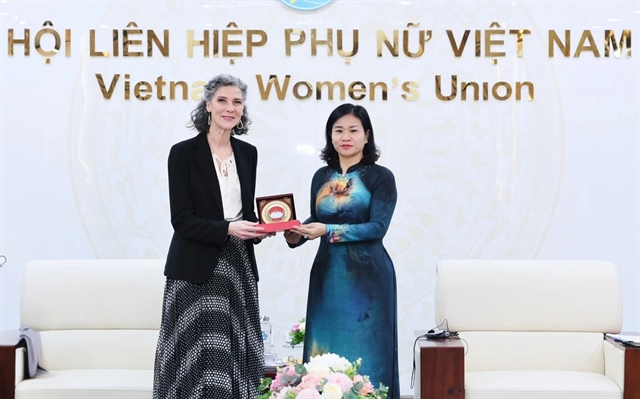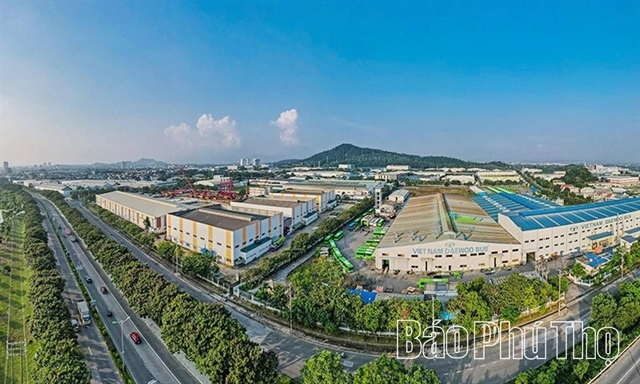 Politics & Law
Politics & Law

 |
| National Assembly Deputy Tạ Văn Hạ, of Đà Nẵng City delegation, at a group discussion on the investment proposal for Gia Bình International Airport on Wednesday in Hà Nội.—VNA/VNS Photo Doãn Tấn |
HÀ NỘI — The construction of Gia Bình International Airport, 40km east of Hà Nội, is a strategic and breakthrough move that will help restructure the aviation network of the Capital Region, the National Assembly was told on Wednesday.
It not only creates a new growth pole and propels the development of logistics, e-commerce, tourism and service industries but also plays an important role in national defence and security and will serve major diplomatic events, particularly APEC 2027.
National Assembly Deputy Nguyễn Thị Lan, of the Hà Nội delegation, delivered the assessment on Wednesday as lawmakers held group discussions on the investment proposal for Gia Bình International Airport.
Lan commended both the drafting agency and the verifying agency for preparing a detailed, well-structured dossier, reflecting a constructive and responsible attitude in seeking the National Assembly’s approval for the project, to be located in Gia Bình Commune in the northern province of Bắc Ninh.
She said that currently, Nội Bài International Airport, the main international gateway for Hà Nội and the northern economic region, has seen a rapid passenger growth of about 11.8 per cent per year between 2014 and 2024 and is now operating beyond its designed capacity.
The Ministry of Construction has studied a southern expansion of Nội Bài, but the plan faces numerous challenges, including the relocation of a large number of households, high land-clearance costs, and prolonged implementation timelines, she said.
In the meantime, Bắc Ninh, Hải Phòng and Hà Nội are major manufacturing hubs for electronic goods and attract strong flows of foreign direct investment.
A modern international airport located in the right strategic position would significantly enhance national competitiveness.
She added that the project of constructing Gia Bình International Airport aligns with the national master plan for airport development.
Once operational, the airport would share air traffic with Nội Bài, help enhance aviation safety, raise service quality, and reduce pressure on the capital’s airport in the long term.
The project will be largely financed from non-budget funds, helping reduce the burden on public investment.
However, Lan also urged the Government to pay close attention to implementation feasibility.
She warned that land clearance would affect thousands of households and could delay the project unless handled well.
She also called for thorough environmental impact assessments, especially concerning noise and flood risks.
Sharing this view, National Assembly Deputy Tạ Văn Hạ, of Đà Nẵng City delegation, described Gia Bình Airport as a major national undertaking built to international standards, with the ambition of becoming one of the world’s top 10 airports, meeting five-star requirements and serving dual civil-military purposes.
He urged acceleration of the project timeline, arguing that the planned duration of Phase 2, extending to 2050, is excessively long.
He also highlighted the cultural and historical significance of the Kinh Bắc region, where residents have shown great willingness to relocate homes and ancestral graves to make way for the project.
Given the sacrifices, he said, special mechanisms must be put in place to reflect and honour the contribution.
Hạ also raised concerns about the relocation of historical and cultural relics, including those recognised at national level, and questioned whether they would retain their national status once moved from their original sites.
The Gia Bình International Airport project will be financed by investors, with total investment estimated at around VNĐ196.4 trillion (US$7.43 billion).
Designed to meet ICAO 4F standards, the airport is expected to handle 30 million passengers and 1.6 million tonnes of cargo annually by 2030, rising to 50 million passengers and 2.5 million tonnes by 2050. — VNS




